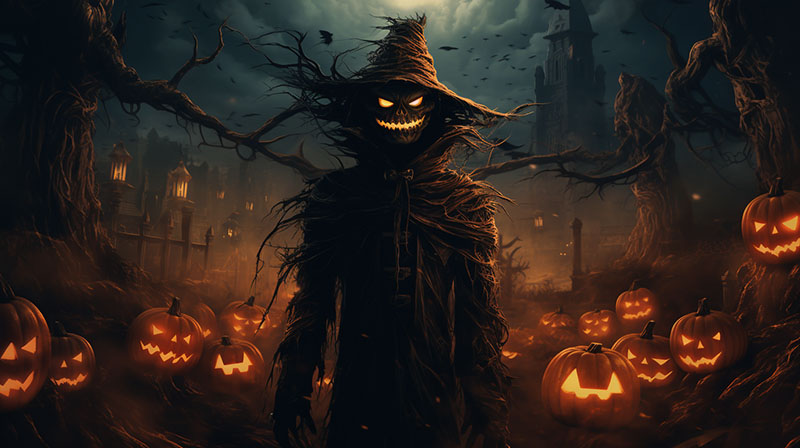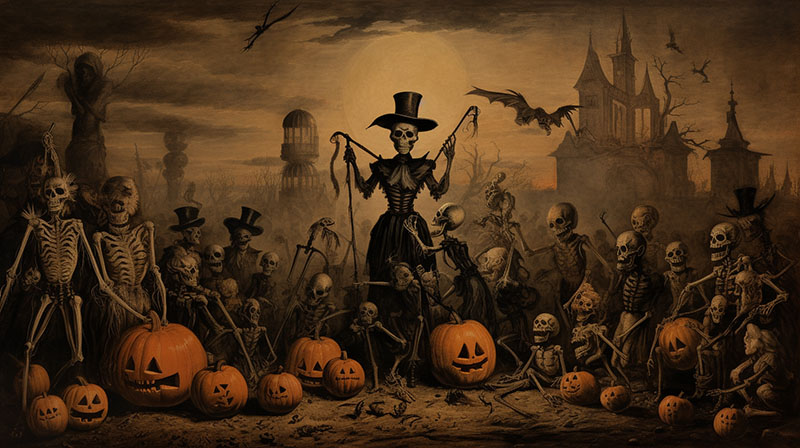When the Romans conquered Celtic territories, their traditions merged with local customs. The Roman festival Feralia, commemorating the deceased, and Pomona, the goddess of fruits and trees, intertwined with Samhain. Pomona's symbol, the apple, likely contributed to the tradition of bobbing for apples, a popular Halloween game.
In the 7th century, the Catholic Church attempted to Christianize Samhain by introducing All Saints' Day on November 1st. All Saints' Day, also known as All Hallows' Day, was preceded by All Hallows' Eve, which eventually evolved into Halloween. The Church incorporated some Samhain customs into the new celebration, such as bonfires and costumes, to ease the transition for the Celtic populations.
One of the most iconic symbols of Halloween, the jack-o'-lantern, has an intriguing origin rooted in Irish folklore. The tale tells of a man named Stingy Jack, known for his cunning and deceitful ways. Legend has it that Jack managed to trick the Devil himself, not once but twice. When Jack passed away, neither Heaven nor Hell wanted him, forcing him to wander the darkness with only a hollowed-out turnip and a flickering coal to light his way. In Ireland and Scotland, people began carving scary faces into turnips and potatoes, placing candles inside to ward off wandering spirits like Jack. The tradition travelled to America with Irish immigrants, where pumpkins, more readily available than turnips, became the canvas of choice.

In the late 19th and early 20th centuries, Halloween parties became a common way to celebrate the holiday. Decorations featuring witches, ghosts, and black cats adorned homes, and festive activities like apple bobbing and fortune-telling were enjoyed by both children and adults.
During the mid-20th century, Halloween underwent significant changes. The focus shifted from community events to more private celebrations within families and friends. Additionally, the holiday became increasingly commercialized, with the sale of costumes, decorations, and themed products reaching new heights.
Today, Halloween has become a global phenomenon, celebrated in various forms around the world. It has transcended its religious and cultural origins, evolving into a secular, fun-filled holiday that unites people of all ages. From spooky costumes and haunted houses to pumpkin carving and scary movie marathons, Halloween continues to captivate the imagination of millions, preserving ancient traditions in a modern, delightful manner.
In essence, Halloween stands as a testament to the enduring power of cultural fusion, reminding us that even in the 21st century, we can find joy in the customs of our ancestors, bridging the gap between the past and the present with every ghostly step we take on All Hallows' Eve.
Related Articles...

Twisted Trees, UFOs, and Spooky Stories in Transylvania

Paranormal Museum Opens in Carmarthen

Exhibition Explores Boggles, Ghosts and Rag-wells

Man Allegedly Killed Girlfriend over 'Fear of Paranormal Activity'

Study Claims Paranormal Beliefs May Be Linked with Stress

Vegas Family Report Paranormal Activity after 'UFO' Yard Crash

